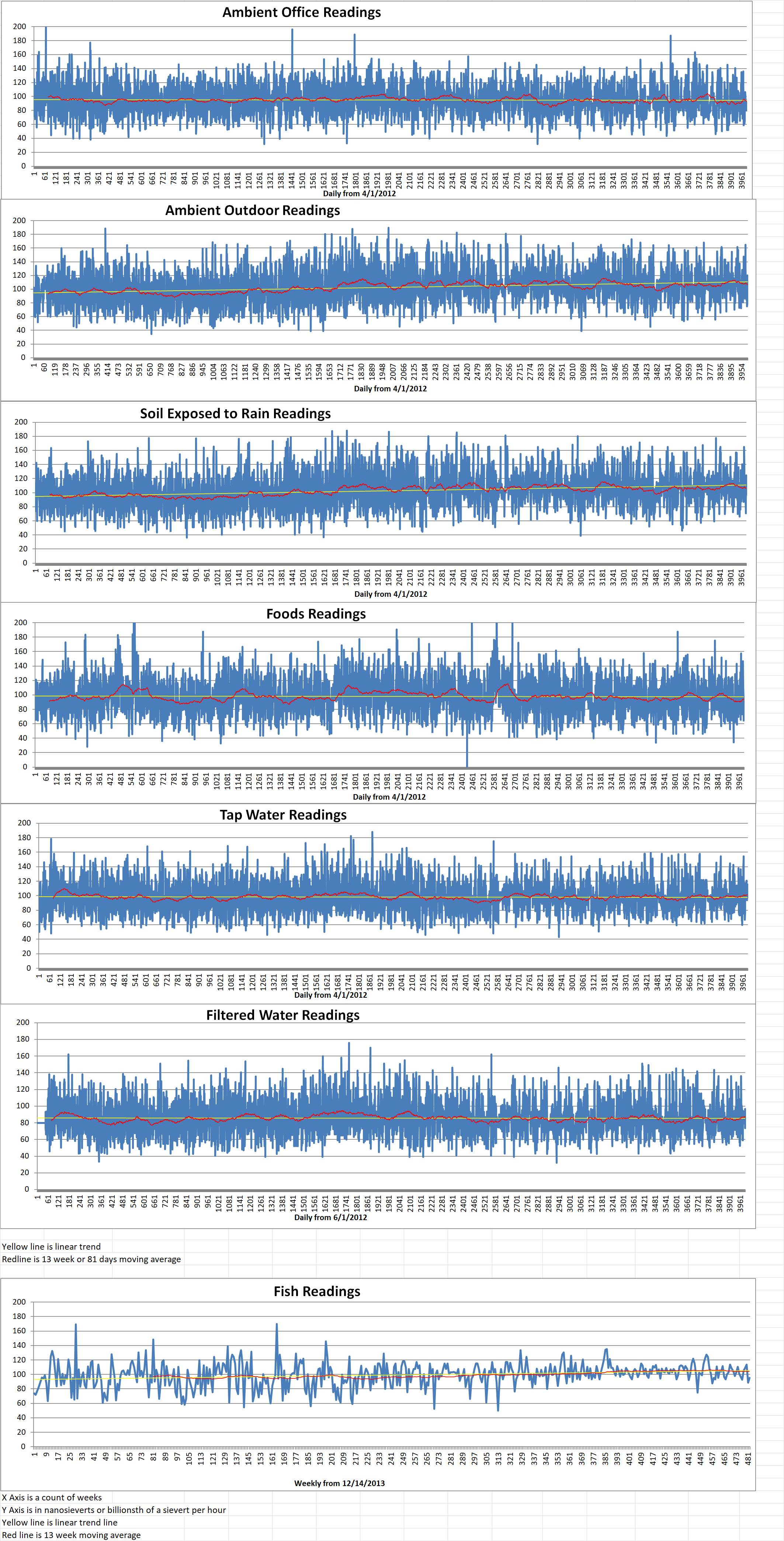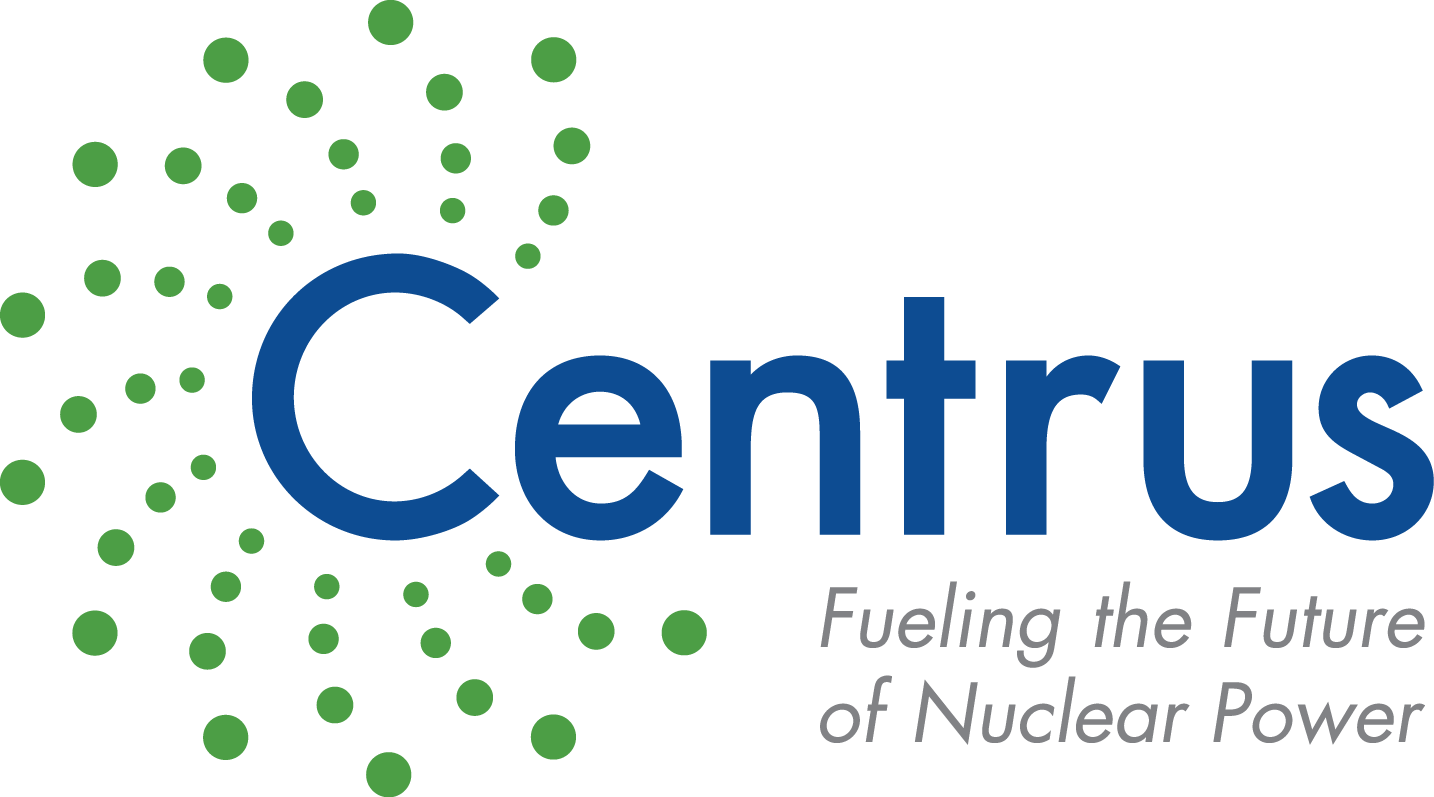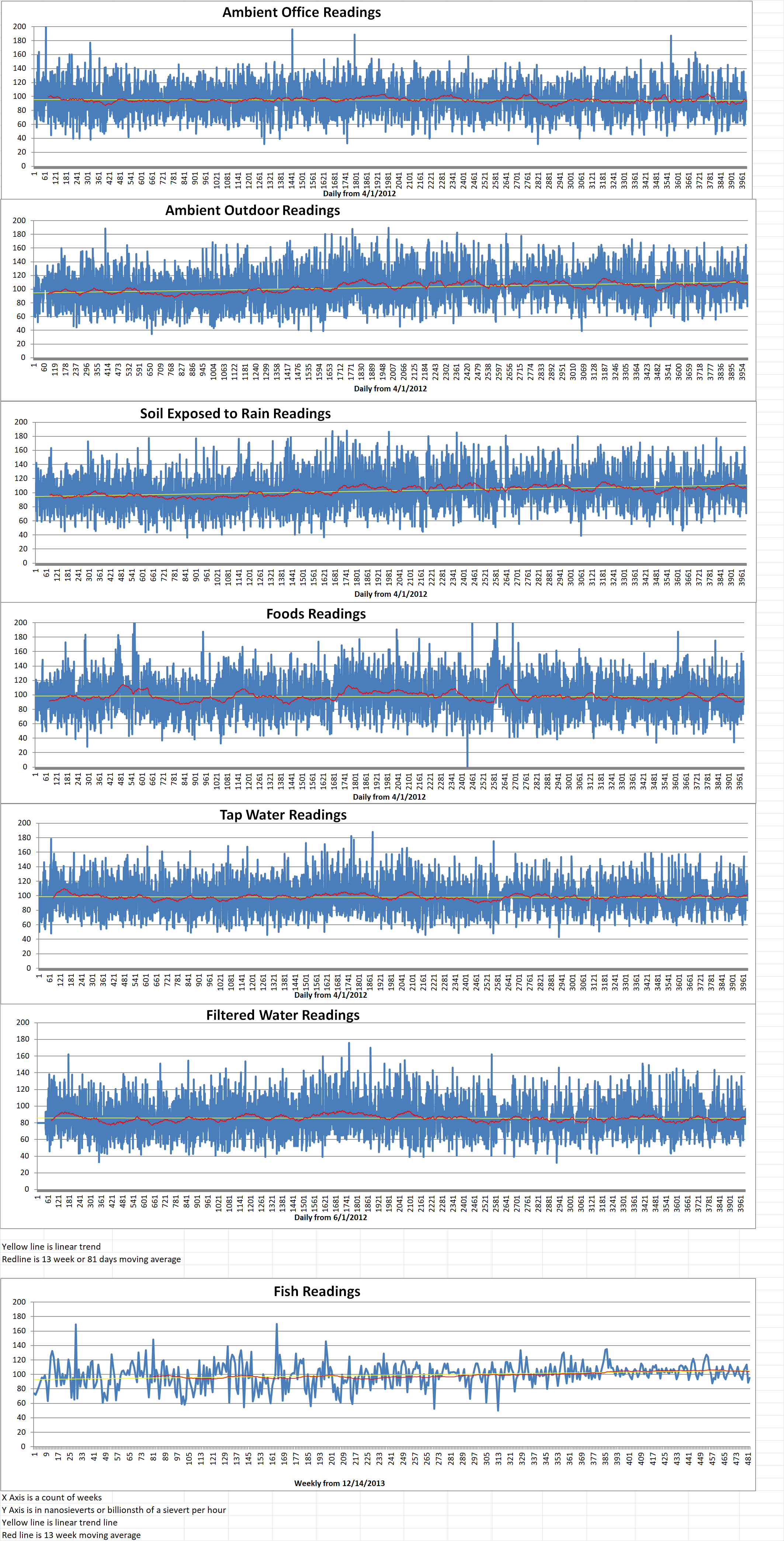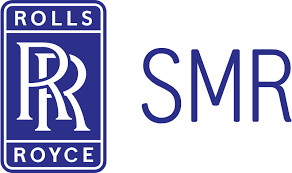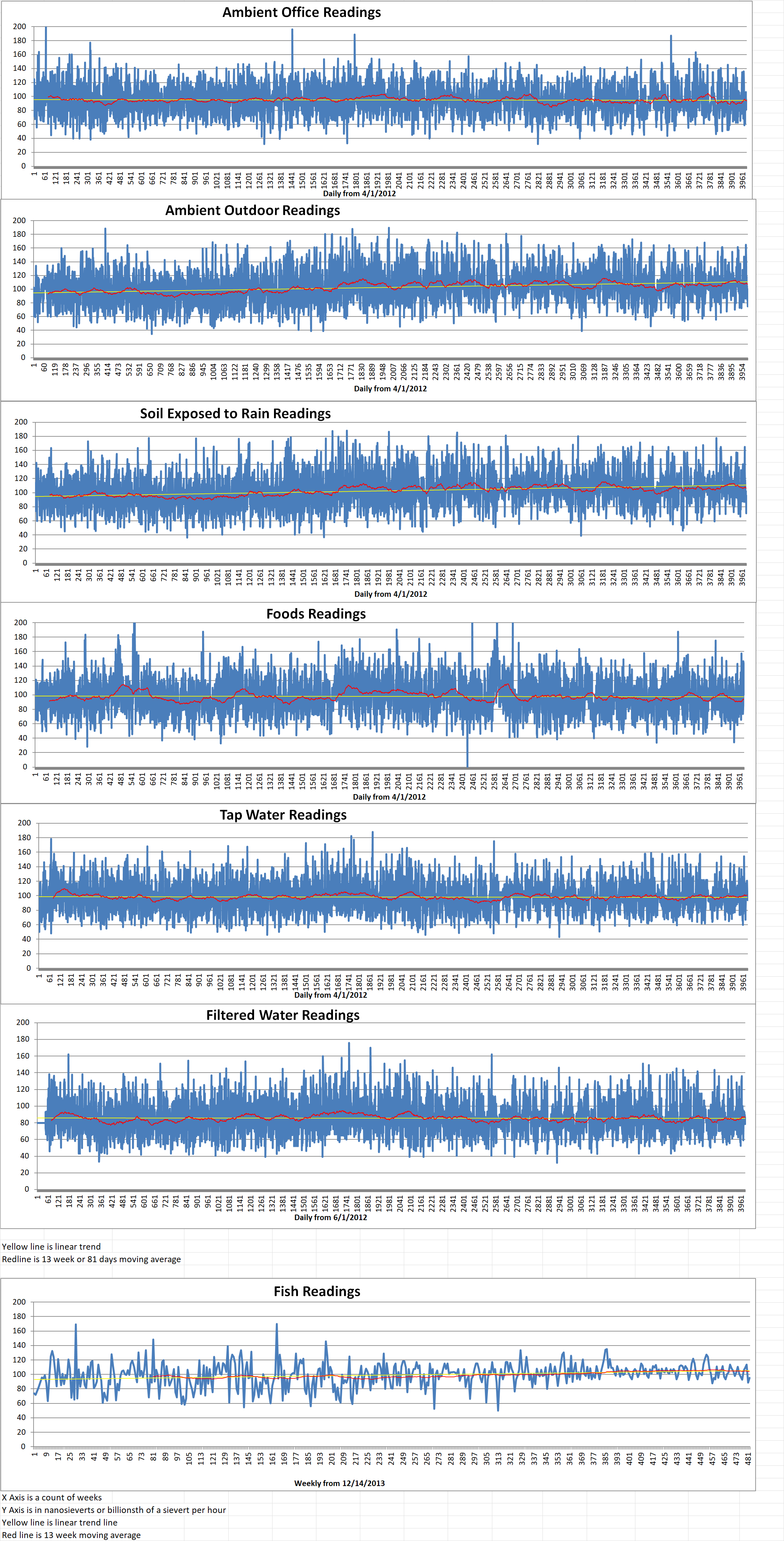Part 1 of 2 Parts
Oklo is a California-based company. It plans to construct two small-scale nuclear power reators near Piketon, Ohio that will operate under a new model compared to traditional nuclear power plants. If these reactors are actually built, they would be the first commercial nuclear reactors in the U.S. to use the new process. The first phase of the project is obtaining a license from the U.S. Nuclear Regulatory Commission (NRC), the agency that oversees the nation’s nuclear industry. The reactors in Ohio would be the second and third built by Oklo. The company has plans to construct its first reactor in Idaho. Oklo calls its new reactor design “Aurora”.
Oklo submitted a license application to the NRC for the Idaho reactor in March 2020. The NRC denied that license application in January of 2022. It said that Oklo had not provided enough information to do a full safety assessment of the proposed reactor.
Andrea Veil is the director of the commission’s Office of Nuclear Reactor Regulation. He said, “Oklo’s application continues to contain significant information gaps in its description of Aurora’s potential accidents as well as its classification of safety systems and components.” This information was disseminated via a press release about the NRC decision.
Since the January 2022 decision, the NRC and Oklo have been engaged in a pre-application process to lay the groundwork for a new license application. This licensing process involves a different reactor design than the one first proposed for the Idaho site, according to Scott Burnell who is a public affairs officer for the NRC.
Bonita Chester is Oklo’s director of communications. She said, “We’ve been actively engaged with the NRC in closing out the open areas for which they wanted more information. These can generally be considered areas where the advanced nature of the technology, and its differences from current reactors, can cause deviations in style and format of what the regulator is used to, so we have focused on bridging that and communicating those accordingly.”
The two reactors being proposed by Oklo for southeast Ohio will be the same design as the one that it plans to build in Idaho. Oklo intends to submit a new application for the Idaho reactor within the next twelve months. An application for the Ohio plants will be submitted by 2025.
The Ohio reactors will be constructed on the site of the former Portsmouth Gaseous Diffusion Plant (PGDP). For decades, uranium was enriched at the PGDP for use in commercial nuclear power plants and nuclear weapons. The site consists of thousands of acres about two miles south of Piketon. These decades of operation left large sections of the site significantly contaminated with radioactive and other hazardous wastes. This contamination includes buildings, soil and groundwater.
An extensive cleanup operation has been underway for years. It will continue for at least another decade. This projection was provided by the U.S. Department of Energy (DoE), which is overseeing the remediation. In the meantime, local economic development officials are trying to find businesses interested in developing portions of the site that are not contaminated.
Please read Part 2 next

